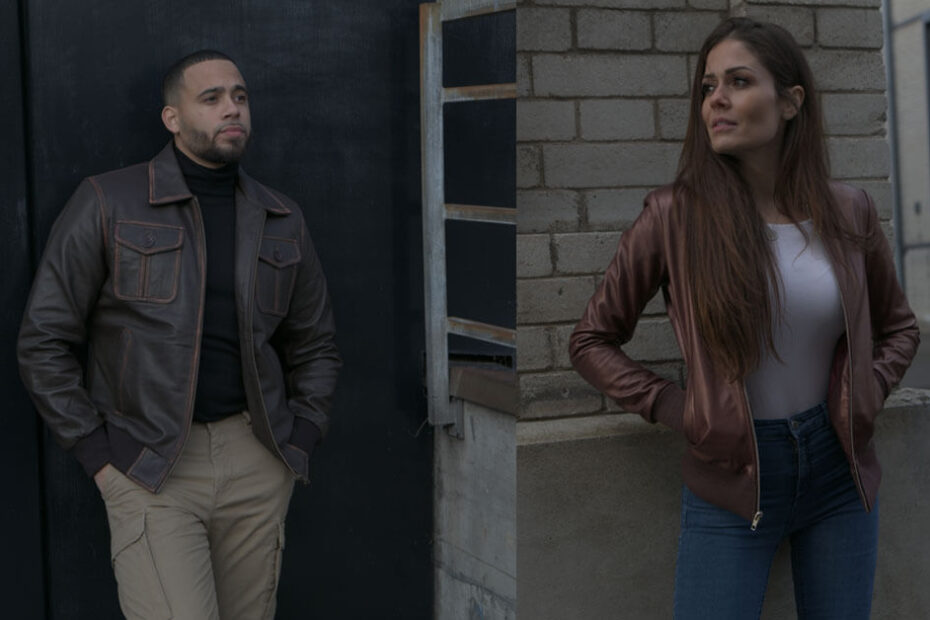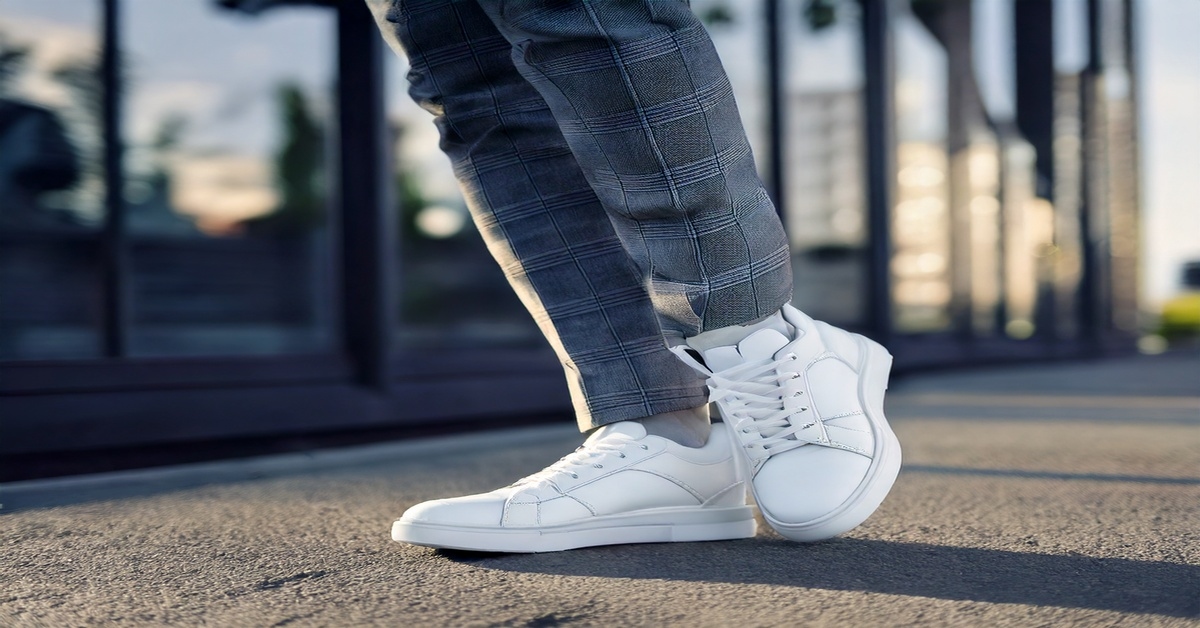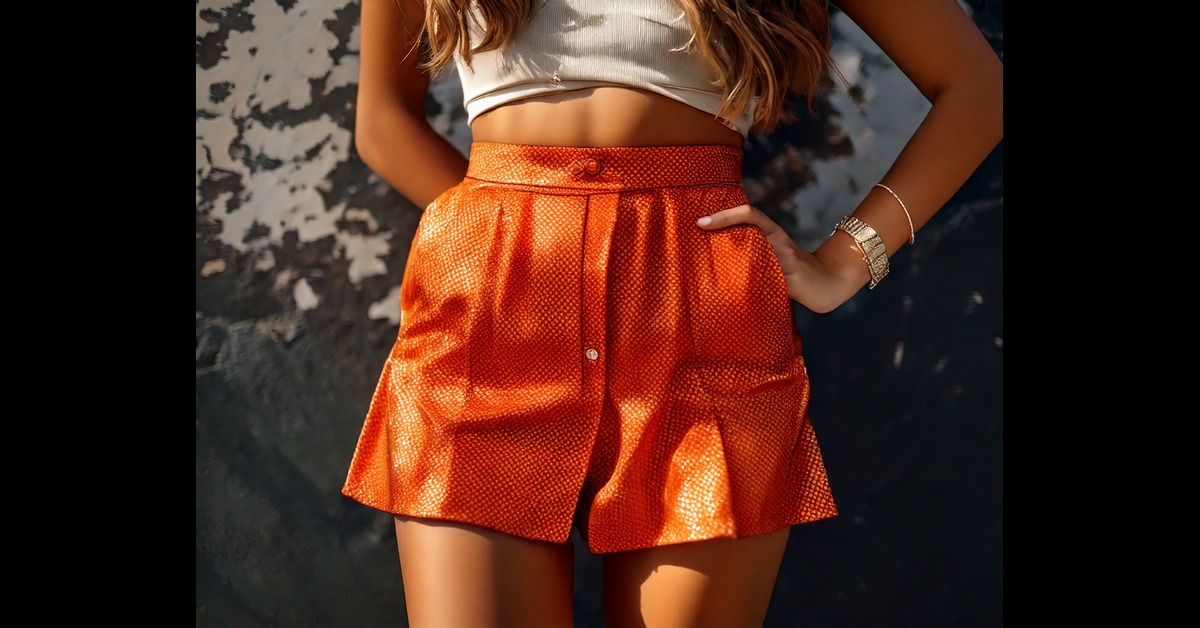It has been one of the most iconic pieces of outerwear, combining function with some style and history. That is the bomber jacket, known for its waist-length design, ribbed cuffs, and lightweight feel; it has evolved from military gear to a wardrobe essential. The definition of a bomber jacket, its history, types of bomber jackets, and styling tips for men as well as women will all find their way here.
What To Expect In This Article?
Bomber Jacket Definition: What Makes It Unique?

A bomber jacket is a short, zip-up jacket characterized by the simplicity of the frontal zippers, a slim waistband, ribbed cuffs, and great versatility. They were created for military aviators to warm them up at high altitudes while protecting them from the elements of nature. The modern versions continue this theme, using various types of leather, nylon, or even denim, providing tremendous durability and a stylishly modern edge.
Bomber jackets often have a lining to provide insulation and comfort. Therefore, they are great as warm winter jackets or lightweight jackets for milder seasons. Whether it is from sheepskin leather, suede leather, or old-school leather jackets, these bomber jackets are versatile and timeless.
The Origin of Bomber Jackets: Military Beginnings
The bomber jacket was eventually born out of necessity during World War I when pilots needed strong jackets that could resist freezing conditions in an open cockpit. Early designs, such as the A-2 Jackets made of crazy horse leather, focused on durability and warmth.

During World War II, new designs led to the B3 Flight Jackets with shearling or sheep fur lining for added warmth. They were a boon while flying at high altitudes. Fur-lined collars came in the G-1 Jackets, and lightweight design and easy wearability proved to be MA-1 Bomber Jackets.
Bomber jackets transitioned from military wear to cultural staples by the mid-20th century and were embraced by subcultures like punks and rockers. Today, their appeal spans generations and occasions.
Different Types of Bomber Jackets
Over the years, bomber jackets have been found in distinctive styles harmonized with diversified preferences and climate conditions. Some of the most popular styles include:
Leather Bomber Jackets
Men’s bomber-style outerwear are among the toughest and trendiest styles. For example, brown leather bomber jackets give out a tough and ruggedly vintage look, while the black bomber jacket provides a sleek and modern perspective.
Suede Jackets
A suede jacket that can be compared to the softest of leather. Suede leather bombers can be combined well with casual and semi-formal attires due to their luxurious texture.
MA-1 Bomber Jackets
MA-1 Bomber Jackets were the bomber jackets originally made for hot-weather pilots. The bomber’s lightweight feel is excellent for transitional seasons.
Hooded Bomber Jackets
For real versatility, the hooded bomber jacket is a straightforward combination of the classic silhouette with a functional hood, excellent for colder weather.
Bomber Shearling Jackets
A bomber shearling jacket is the absolute winter thing, highly made warm and luxurious. It is lined with shearling or sheep fur inside.
Bomber Jacket vs. Leather Jacket
Whereas bomber jackets and leather jackets are both staples, they differ in style and functionality. Bomber jackets are, for instance, casual and sporty with ribbed cuffs and sometimes leather jacket lining for comfort. Leather jackets, on the other hand, are versatile and edgy, more likely to be used for formal or statement attire.
A leather bomber jacket strikes a nice middle ground, combining the rough, edgy appeal of leather with the casual cut of a bomber.
Bomber Jacket Collar Types
The collar is the most prominent feature among the bomber jackets; its style ranges from ribbed to fur-lined. Some of the visible features entail:

- Ribbed collars: Ribbed collars are commonly found in bomber jackets featuring a classic and versatile appeal.
- Fur-lined collars: Bomber jackets are similar to B-3 flight jackets, and aviator or flight bomber jackets are found with fur-lined collars that feature elegance and warmth.
- Hooded collars: Most hooded bomber jackets are comprised of hooded collars, which are perfect for colder months.

Popular Colors for Bomber Jackets
Colors sometimes greatly determine whether it’ll turn out to be versatile and fashionable or not. Here are the popular colors for bomber jackets:
- Black bomber jackets are easy to pair with any outerwear, as they feature a sleek and modern appeal.
- Brown Leather Bomber Jackets: Rugged and vintage-inspired, perfect for casual settings.
- Navy, olive, and burgundy for bold, contemporary looks.
These shades make it possible for bomber jackets to fit in with different styles.
Bomber Jackets for Women
Bomber jackets for women have become a staple in modern fashion, offering endless styling possibilities. Pair a suede jacket with jeans for a chic casual look, or choose a bomber shearling jacket for added warmth and luxury. For a sporty vibe, hooded bomber jackets are a great choice.
Women’s bombers come in diverse materials like denim, sheepskin leather, and nylon, making them suitable for various occasions.
Bomber Jacket vs. Varsity Jacket
Whereas bombers and varsities have similar ribbed cuffs and waistbands, the general aesthetic is different;
- Varsity Jackets: They’re characterized by contrasting sleeves, button closures, and a preppy look.
- Bomber Jackets: Aerodynamic and streamlined, with zip front closures and versatile features.
Bomber Jacket vs Puffer Jacket
A puffer jacket and a bomber jacket differ in functionality and the intensity of insulation.
- Puffer Jackets: Made for extreme cold, with heavy quilted patterns and insulations.
- Bomber Jackets: Provide moderate warmth with a fashionable, sleek silhouette – ideal for mildest winters or layering underneath.

For the seeker of the perfect balance between comfort and style, the quilted jacket version of the bomber is the ideal one.
Styling Tips for Bomber Jackets
Bomber jackets are incredibly versatile and easy to style.
For Men
- Pair a black bomber jacket with dark jeans and a T-shirt for a classic look.
- Layer a bomber shearling jacket over a sweater for a cozy winter outfit.
- Experiment with hooded bomber jackets for a sporty edge.
For Women
- Style a suede sheepskin jacket with leggings and sneakers for a casual vibe.
- Opt for a brown leather bomber jacket over a dress for a chic contrast.
- Combine a denim bomber with boots for a laid-back yet stylish ensemble.
Why Choose a Bomber Jacket?
Here, warm winter jackets go side by side with lightweight transitional wear into each season and occasion – an adaptation coupled with a rich history and variety of materials, which make it a timeless accessory to any wardrobe.
Whether your desire lies in the rugged leather jackets, the softness of suede leather, or perhaps the coziness of the hooded bomber jacket, there is indeed a bomber jacket for everyone.
Conclusion
The bomber jacket is indeed the epitome of functional fashion. Hailing from the necessity of military needs, it transcended to become a fashion versatile piece in the modern age. From A2 leather bomber jackets up to the present bombers’ shearling jackets and hooded bomber jackets, it just remains adaptable to different tastes and needs.
The various types of leather, popular colors, and unique designs—including custom bomber jackets—all come together in the quest for that perfect bomber jacket. So invest in this timeless classic, and the bomber jacket will redefine your wardrobe!
FAQs
The bright orange lining in bomber jackets, particularly the MA-1 flight jacket, was designed for high emergency visibility, allowing downed pilots to be easily spotted.
Bomber jackets are ideal for casual settings and transitional weather like spring and fall. They provide lightweight warmth and a stylish, versatile look.
Bomber jackets should fit snugly around the waist and cuffs, with a slightly relaxed fit through the body and arms for comfort and ease of movement.
Bomber jackets can be worn with collared shirts for a smart-casual look, adding a modern, laid-back twist to more formal outfits.
A bomber jacket typically has a zippered front, ribbed cuffs, and a fitted waistband, whereas a regular coat comes in various designs without these distinct features.
Bomber jackets can provide warmth, especially insulated versions like the MA-1, but their warmth varies depending on the material and lining used.
Some bomber jackets have two zippers for adjustable ventilation and ease of movement, offering style and functionality.
Another name for a bomber jacket is the flight jacket, initially worn by military pilots.
Bomber jackets became popular during and after World War II and experienced a resurgence in mainstream fashion in the 1980s and 1990s.
A fashion bomber jacket is a modern, stylish take on the traditional bomber, designed for casual rather than military use.




